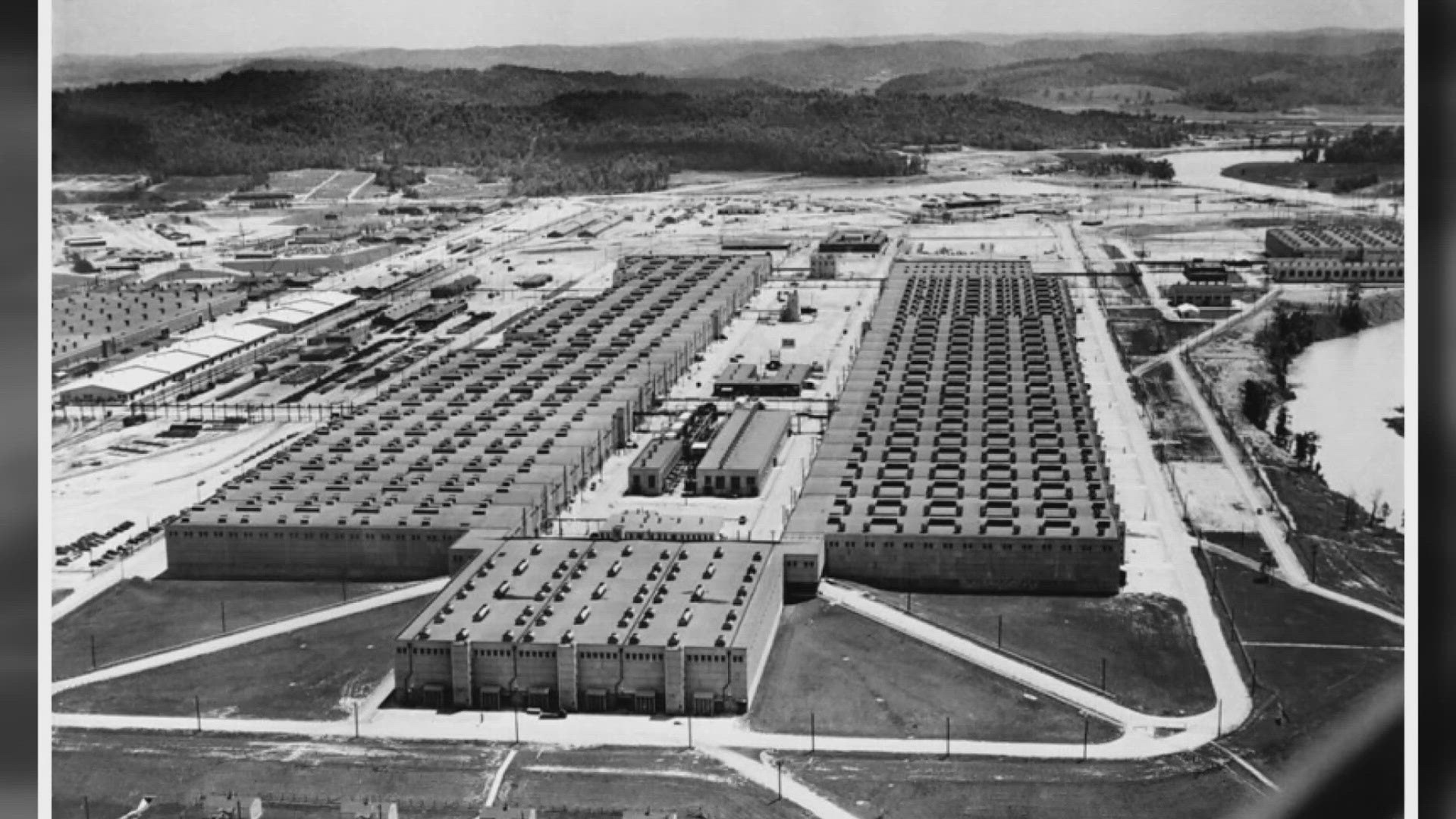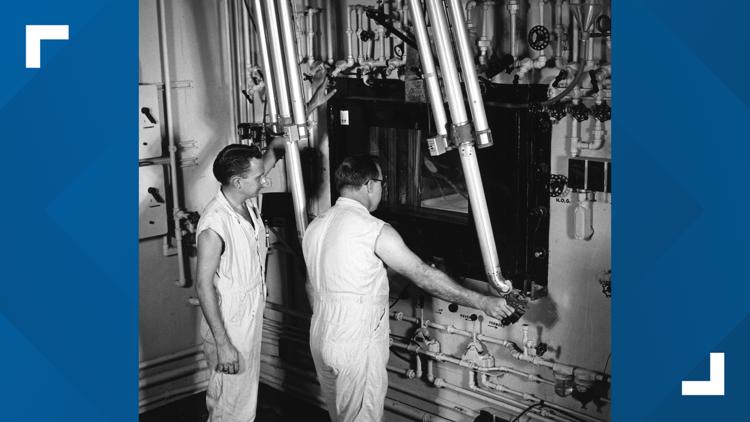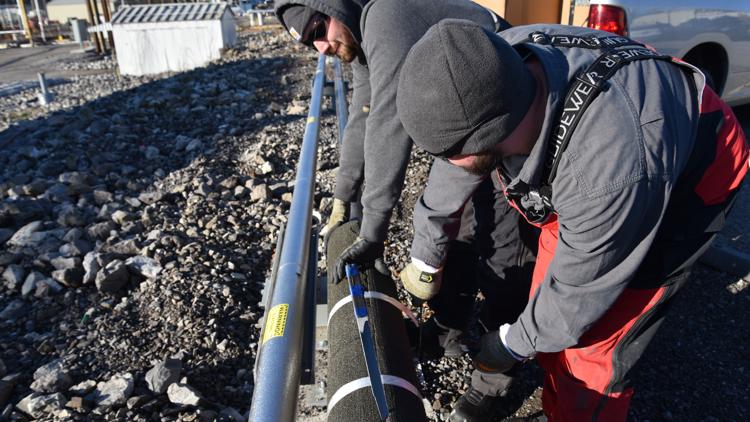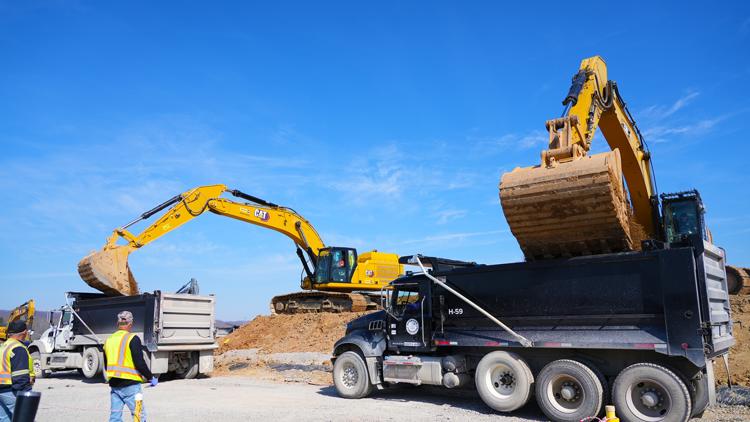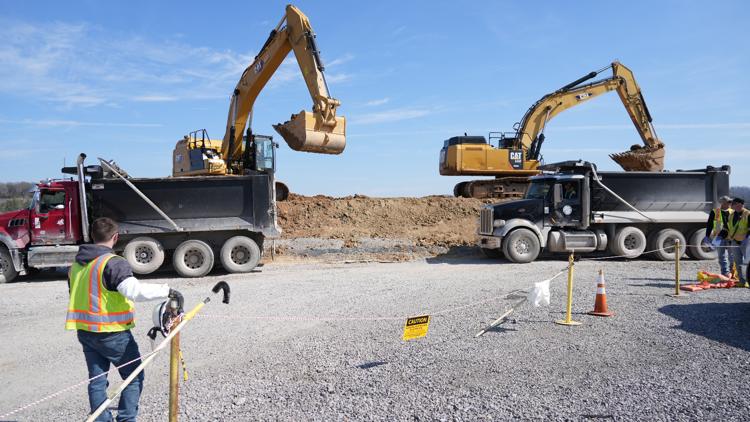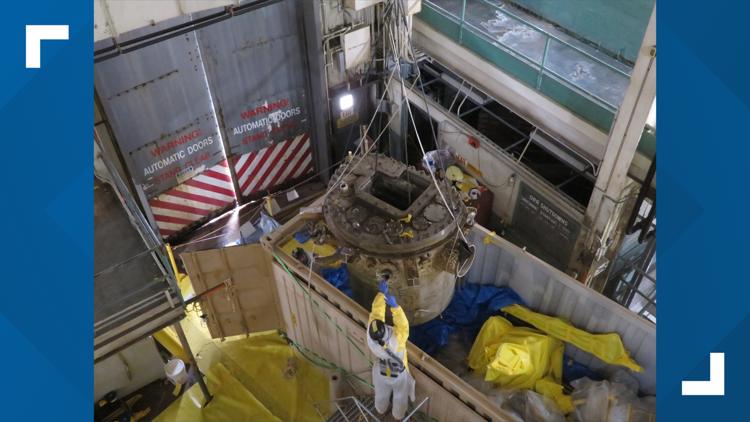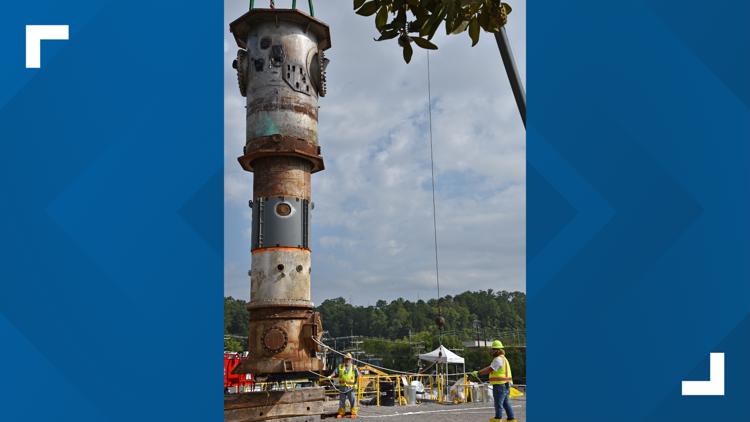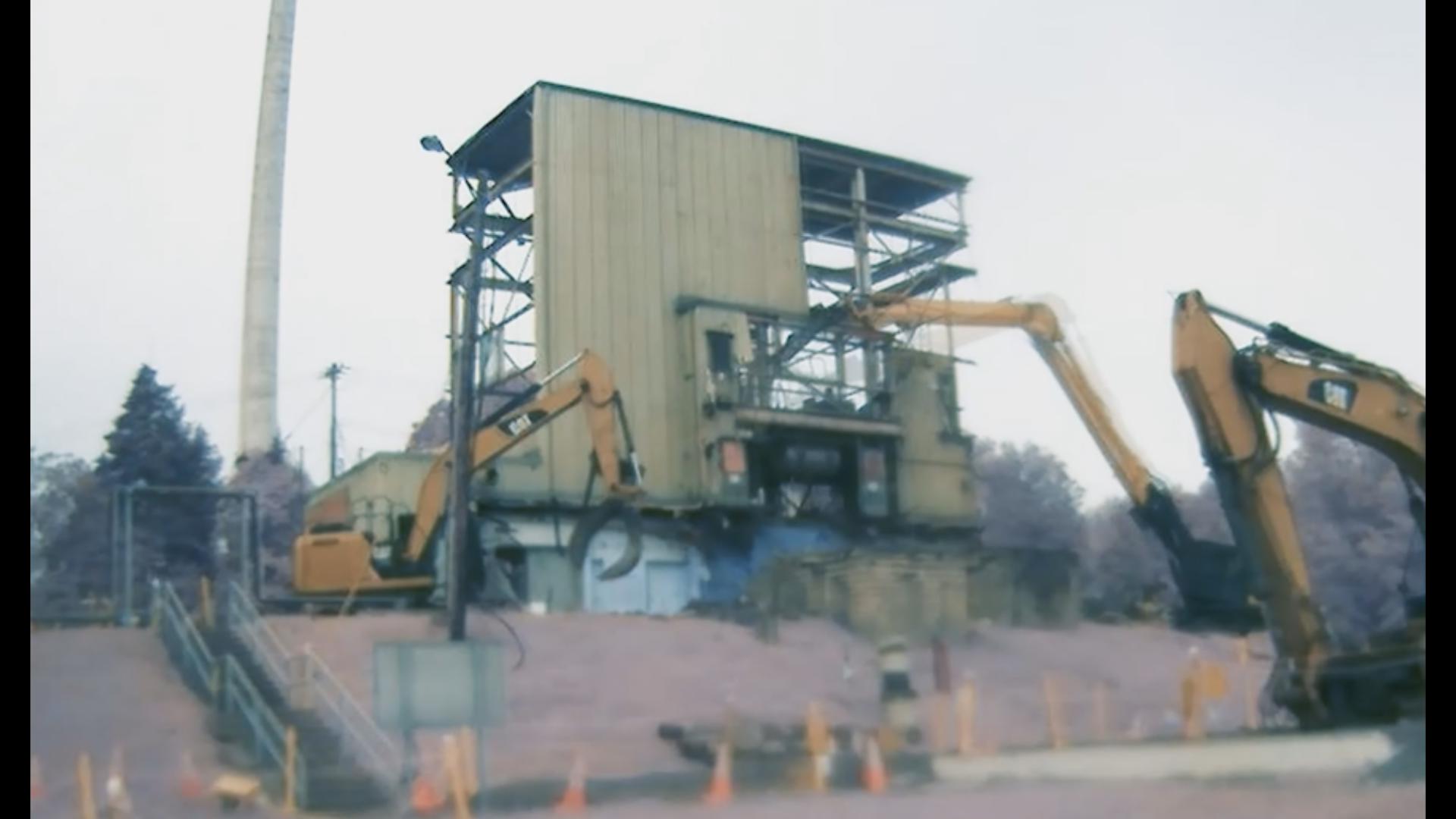'A third of the way done' | U.S. Department of Energy program addresses environmental contamination left behind from the Manhattan Project, Cold War
The Oak Ridge Office of Environmental Management plans to continue land clean-up in Oak Ridge into the mid-2040s.
U.S. Department of Energy
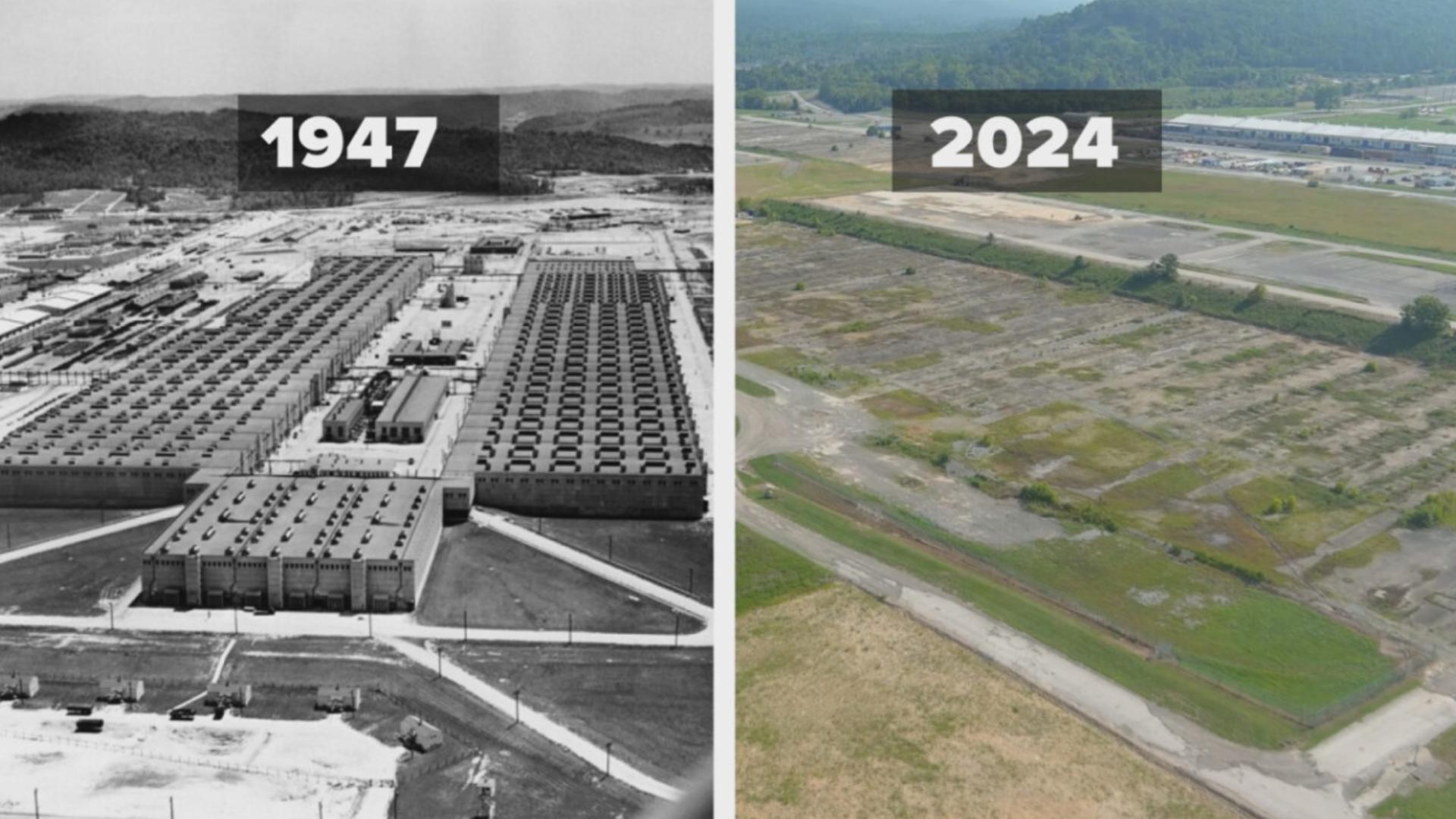
The U.S. Department of Energy Office of Environmental Management is working to clean the environmental footprint left behind by the Cold War. This includes cleaning contaminated land in East Tennessee caused by the Manhattan Project.
The Office of Environmental Management (EM) is leading the charge. The program's work is active in Tennessee and across 11 states. According to EM, this is the largest environmental cleanup program in the world. Leaders at EM are responsible for decontaminating 107 sites across the country.
Oak Ridge Office of Environmental Management is focused on cleaning contaminated land in Oak Ridge National Laboratory, Y-12 and East Tennessee Technology Park.
The Manhattan Project in Oak Ridge
The Manhattan Project was a top-secret World War II government program to develop the first atomic bombs. The project was carried out at three secret sites across the United States: Haford, Washington, Los Alamos, New Mexico and Oak Ridge, Tennessee.
According to the Atomic Heritage Foundation, General Leslie Groves approved Oak Ridge as the site for the pilot plutonium and uranium enrichment plant. Groves later approved the acquisition of more than 50,000 acres of land along the Clinch River, along with the removal of few families on the farmlands.
The Manhatten Project in Oak Ridge
Engineers and workers on the Manhattan Project faced many challenges in Oak Ridge. Materials were in short supply, which resulted in engineers and workers living in houses that were built out of prefabricated panels of cement and asbestos, according to the Atomic Heritage Foundation.
The workers were a mix of military and civilians. Approximately 7,000 worked in Oak Ridge for the Manhattan Project, according to the National Park Service. While all knew they were helping with the war, very few knew the purpose of the work.
What is Uranium?
Uranium played a key role in the creation of the first atomic bomb. The bomb's name was "Little Boy" and it was dropped on Hiroshima, Japan on August 6, 1945.
According to DOE, Little Boy contained uranium that had been enriched at Oak Ridge.
Uranium is a radioactive element that is a key component of nuclear fuel. According to the Office of Nuclear Energy (ONE), it naturally occurs in low concentrations such as soil, rock and water.
This natural metal was used as a colorant for ceramic glazes and for tinting in early photography. It is now used to power commercial nuclear reactors that produce electricity and to produce isotopes used for medical, industrial and defense purposes around the world, according to ONE.
People who come into contact with uranium can have serious effects. High levels of uranium in the body can affect organs and body processes, such as high blood pressure, kidney disease and autoimmune function, according to the United States Environmental Protection Agency.
Old buildings and structures that were used to enrich uranium contaminated some land in Oak Ridge, especially the K-25 plant. Leaders at Oak Ridge have been cleaning up uranium leftover from the Manhattan Project.
What's being done?
Jay Mullis is the manager of the U.S. Department of Energy Oak Ridge Office of Environmental Management.
Right now – Mullis and his team are working to tackle environmental cleanup at three main sites in Oak Ridge. Those sites are Oak Ridge National Laboratory, Y-12 and the East Tennessee Technology Park.
The combined footprint at all three sites is about 7,500 acres, for perspectives, that equals more than 5,000 football fields.

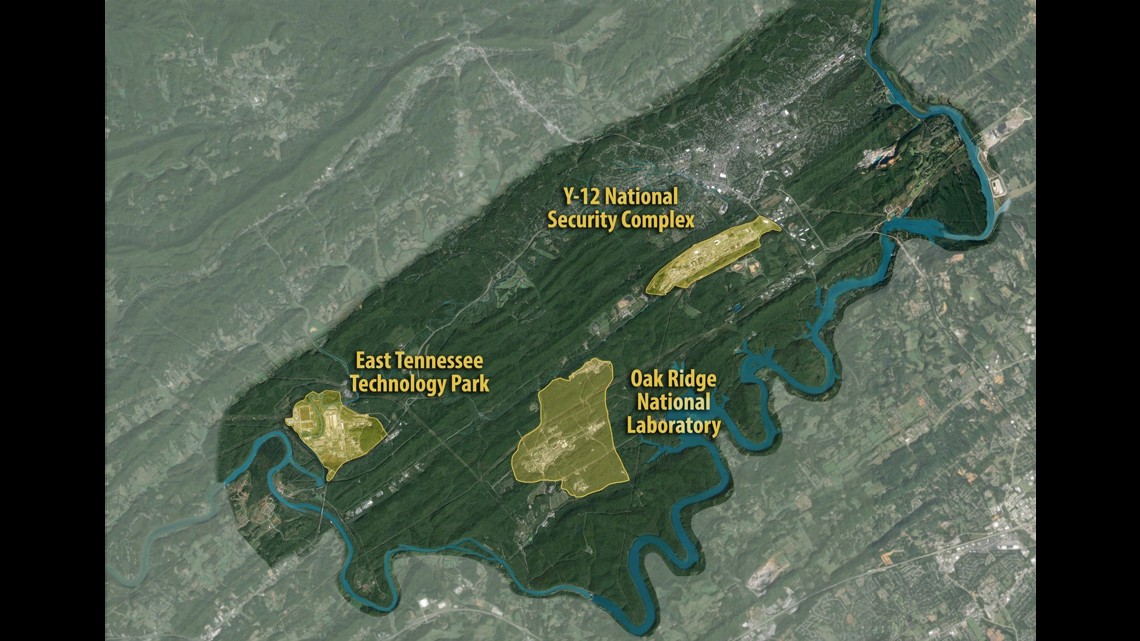
The program started in the early 1990's and major cleanups efforts began in the early 2000's. They plan to continue through the mid 2040s.
Cleaning contaminated land can be a long and complex process.
"Generally we'll start with the buildings first because that's usually where the source comes," Mullis said. "Then we move to subterranean structures and then eventually to the solid and groundwater."
According to Mullis, land cleanup in Oak Ridge is a third of the way done.
United Cleanup Oak Ridge
East Tennessee Technology Park before and after
East Tennessee Technology Park (ETTP) is an example of environmental clean-up by the Oak Ridge Office of Environmental Management.
ETTP was formerly known as the K-25 plant. For 40 years, employees at the K-25 plant worked to enrich uranium. The DOE later stopped operations at the site in 1987.
According to EM, the site had contaminated buildings, soil, sediment and groundwater because of the production of uranium. The contamination was a threat for human health and the environment.


For the last 20 years, EM's primary focus has been clearing and cleaning the ETTP site. The department demolished more than 500 old contaminated buildings. They also removed old soil.
Leaders at EM said the work at ETTP is now down and the environment is safe for neighbors.


What's next?
EM is dedicating about 2,000 acres of land at the ETTP site back to the community. The land will soon become a vibrant industrial park for locals, visitors and businesses.
As for the two other sites, ORNL and Y-12, EM is in its early stages of demolition. At ORNL, crews have already taken down two former research reactor facilities.
ORNL and Y-12 will remain operational and land at the sites will not be dedicated back to the public.

